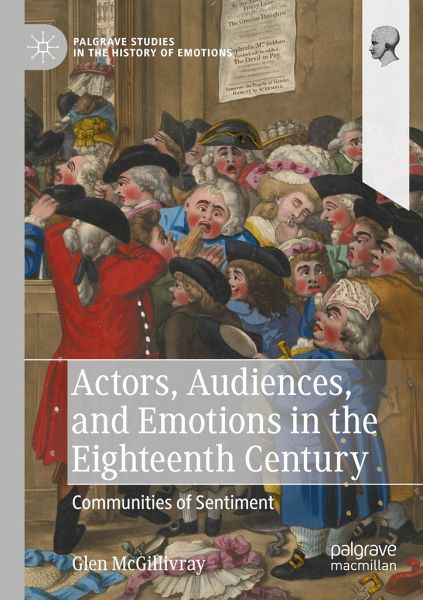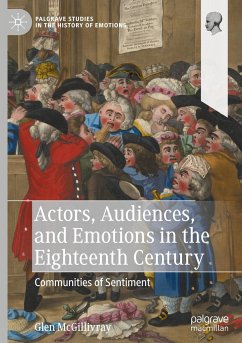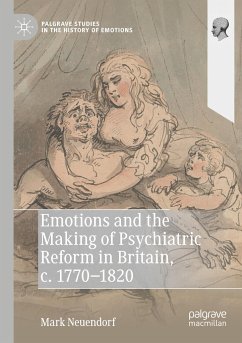
Actors, Audiences, and Emotions in the Eighteenth Century
Communities of Sentiment
Versandkostenfrei!
Versandfertig in 6-10 Tagen
98,99 €
inkl. MwSt.
Weitere Ausgaben:

PAYBACK Punkte
49 °P sammeln!
This book offers an innovative account of how audiences and actors emotionally interacted in the English theatre during the middle decades of the eighteenth century, a period bookended by two of its stars: David Garrick and Sarah Siddons. Drawing upon recent scholarship on the history of emotions, it uses practice theory to challenge the view that emotional interactions between actors and audiences were governed by empathy. It carefully works through how actors communicated emotions through their voices, faces and gestures, how audiences appraised these performances, and mobilised and regulate...
This book offers an innovative account of how audiences and actors emotionally interacted in the English theatre during the middle decades of the eighteenth century, a period bookended by two of its stars: David Garrick and Sarah Siddons. Drawing upon recent scholarship on the history of emotions, it uses practice theory to challenge the view that emotional interactions between actors and audiences were governed by empathy. It carefully works through how actors communicated emotions through their voices, faces and gestures, how audiences appraised these performances, and mobilised and regulated their own emotional responses. Crucially, this book reveals how theatre spaces mediated the emotional practices of audiences and actors alike. It examines how their public and frequently political interactions were enabled by these spaces.












